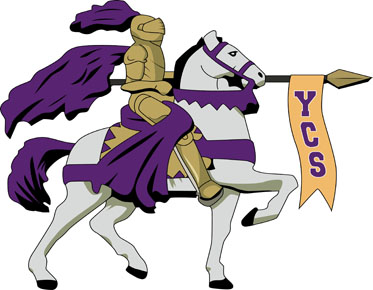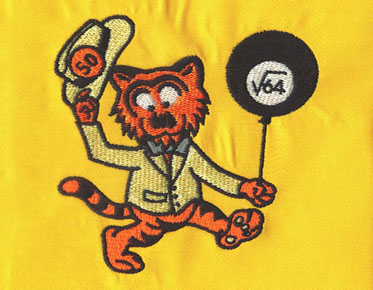Precision and Efficiency: The Art and Benefits of Vector Tracing Services
In the ever-evolving world of graphic design, precision and scalability are paramount. Vector tracing services have emerged as a crucial tool in the designer's arsenal, offering a transformative approach to converting raster images into clean, scalable vector graphics. In this blog, we will explore the intricacies of vector tracing services, unraveling the art, techniques, and the myriad benefits they bring to the design landscape.
1. Understanding Vector Tracing
Vector tracing, also known as vectorization or image tracing, is the process of converting raster images, which are pixel-based, into vector graphics. Unlike raster images, vectors are defined by mathematical equations, allowing for infinite scalability without loss of quality. This process involves recreating the image with smooth curves and lines, resulting in a clean and crisp representation.
2. Why Vector Tracing Services
Matter
●
Scalability: One of the primary benefits of
vector graphics is their scalability. Vector-traced images can be resized infinitely without pixelation, making them ideal
for various applications, from small icons to large banners.
●
Versatility: Vectorized images are versatile
and adaptable, suitable for print materials, digital platforms, and various
design projects. This adaptability ensures that the same image can be used
seamlessly across different mediums.
●
Precision: Vector tracing allows for precise
detailing and clean lines, making it an essential process for intricate or
detailed images. The resulting vector graphic retains the clarity and sharpness
of the original design.
●
Editability: Vector graphics are easily
editable, providing designers with the flexibility to modify elements, colors,
and shapes without compromising the quality of the image. This feature is
particularly valuable for refining or customizing existing designs.
● File Compatibility: Vectorized images can be saved in various file formats, including SVG, AI, EPS, and PDF. This compatibility ensures that the vector graphic can be easily integrated into different design software and platforms.
3. Techniques of Vector Tracing
●
Manual Tracing: Skilled designers manually
trace over the raster image, recreating each element with precision. This
method is time-consuming but allows for meticulous control over details.
●
Automatic Tracing: Using specialized software,
designers employ automatic tracing tools that analyze the raster image and
generate vector paths. While faster, this method may require additional manual
refinement for complex images.
● Bezier Curves: Bezier curves are fundamental in vector tracing. Designers use control points to create smooth curves, ensuring that the vectorized image accurately represents the original design.
4. Applications of Vector Tracing
●
Logo Redesign: Companies often require their
logos to be vectorized for consistent branding across various media. Vector
tracing ensures that logos maintain their integrity and clarity in different
sizes.
●
Icon Design: Icons used in digital interfaces
benefit from vector tracing, allowing for scalability without loss of quality.
This is essential for creating a cohesive and visually appealing user
experience.
●
Artwork Recreation: Vector tracing is valuable
for recreating artwork, illustrations, or graphics from traditional media or
low-resolution digital images. The process breathes new life into older or
pixelated designs.
● Print Materials: Vectorized images are ideal for print materials such as business cards, brochures, and banners. The high-quality, scalable graphics ensure a professional and polished appearance.
5. Benefits of Vector Tracing
Services
●
Time Efficiency: Vector tracing services
significantly reduce the time required to convert raster images into vectors,
allowing designers to focus on refining and enhancing the design.
●
Cost-Effective: Outsourcing vector tracing
services can be cost-effective, especially for large-scale projects. It
eliminates the need for in-house designers to spend valuable time on manual
tracing.
●
Consistent Quality: Vector tracing services
ensure consistent quality in the final output. The precision of the process
guarantees that the vectorized image faithfully represents the original design.
● Adaptability: Vectorized images are adaptable to various design requirements. Whether for a website, print material, or promotional merchandise, the same vector graphic can be used seamlessly across different platforms.
6. Choosing the Right Vector
Tracing Service
●
Experience and Expertise: Look for services with
a track record of experience and expertise in vector tracing. A skilled team
will understand the nuances of the process and deliver high-quality results.
●
Turnaround Time: Consider the turnaround time
offered by the vector tracing service. Timely delivery is crucial, especially
for projects with tight deadlines.
●
Client Reviews and Testimonials: Reading
client reviews and testimonials can provide insights into the service's
reputation and the satisfaction of previous clients.
● Communication and Support: Choose a service that offers clear communication and support throughout the process. Accessibility to the team ensures a smooth collaboration.
7. Future Trends in Vector
Tracing
●
AI-Powered Tracing: The integration of
artificial intelligence in vector tracing tools is on the rise. AI algorithms
can analyze and interpret images, automating the tracing process and reducing
the need for extensive manual adjustments.
● Cloud-Based Vectorization: Cloud-based vectorization services are becoming popular, allowing designers to access vector tracing tools and resources remotely. This trend enhances collaboration and accessibility.
Conclusion: Transforming Images,
Elevating Design
Vector tracing
services have become indispensable in the design industry, offering a streamlined
process for transforming raster images into versatile, scalable vectors. As
technology continues to evolve, the art of vectorization becomes more efficient
and accessible, empowering designers to achieve precision and adaptability in
their creations. Whether revamping logos, enhancing icons, or breathing new
life into artwork, vector tracing services play a pivotal role in elevating the
visual language of design.


